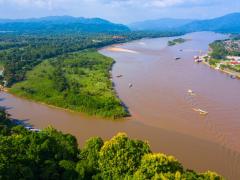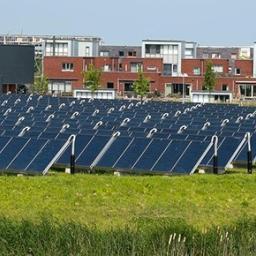People and the Earth
With the adoption of the UN 2030 Agenda for Sustainable Development, the world committed to an economically, socially, and environmentally sustainable world. The corresponding objectives, laid down in the Sustainable Development Goals (SDGs), emphasise the importance of managing the environment and natural resources to further both human development and the well-being of the global population.
The publication ‘People and the Earth: International cooperation for the Sustainable Development Goals in 23 infographics’ delivers a storyboard of human-nature interdependency, using visual representations to communicate challenges and options for making progress towards the UN’s 2030 Agenda for Sustainable Development. Our knowledge, models and tools have been the drivers of a close cooperation between PBL and the Dutch Ministry of Foreign Affairs for enhancing international policies. We hope that this book will inspire and enlighten the discussion on present and future international challenges.
The sustainable development challenge for the Netherlands
The SDGs generate momentum for joint action, not only on the transition towards a more sustainable society in individual countries, but also on forging relationships between economies around the world. The Netherlands, with its open economy built on and shaped by international trade, is particularly facing the strategic urge to redefine its development within an international context.
Challenges for the nexus between food, water energy and land
Solutions to issues in relation to food, water, energy and land should not be considered in isolation, but by capturing synergies between the various demands for natural resources while managing tradeoffs. This means that a balancing of objectives is needed as well as the use of an integrated policy mix.
Exploring new partnerships and coalitions
The challenge is too large to be managed alone. If we want to ensure a good quality of life, including sufficient and affordable food, water, energy and natural resources for the future, then we need to mobilise all the creativity available. This calls for cooperation and multi-actor partnerships worldwide, on and between all levels in order to realise more inclusive and greener development pathways.
The 23 infographics
Below you will find all 23 infographics per book section. Please click on the images for more information and references.
Human development and dependencies on the Earth
Challenges for the nexus between food, water, energy and land
Exploring new partnerships and coalitions
Authors
Specifications
- Publication title
- People and the Earth
- Publication date
- 6 July 2017
- Publication type
- Publication
- Product number
- 2510




